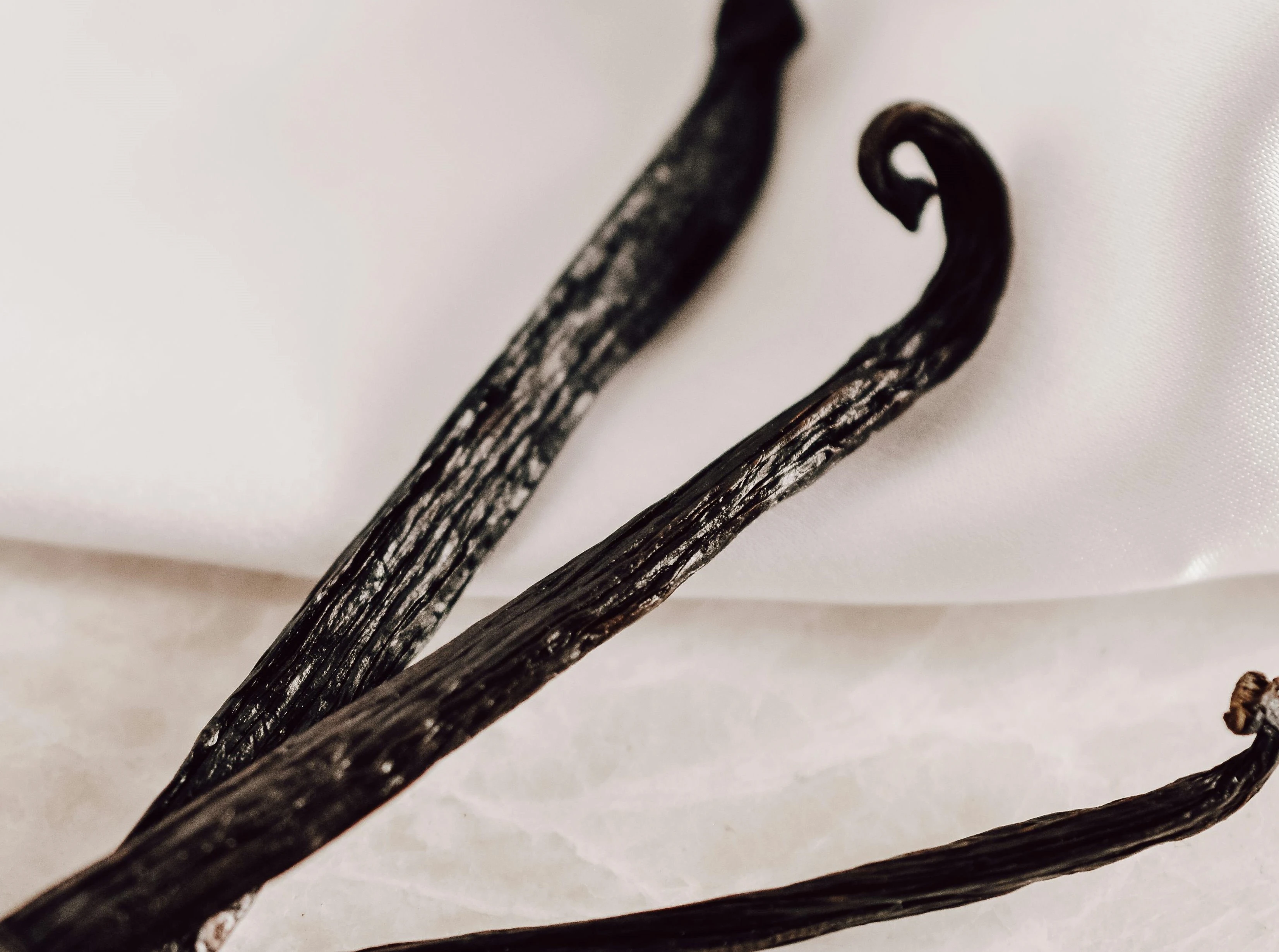The Exporter's Guide to Indonesian Vanilla Beans: Planifolia vs. Tahitensis

Indonesia: A Global Epicenter for Premium Vanilla
Indonesia stands as one of the world’s most significant producers of vanilla, a spice so integral to a vast range of industries, from gourmet patisserie to fragrance creation. For international importers, understanding the nuances of Indonesian vanilla is key to sourcing the right product for their specific application. The two primary varieties cultivated in the archipelago, Vanilla planifolia and Vanilla tahitensis, offer distinct profiles and characteristics.
This guide from PT Sinar Sunda Nusantara will delve into the differences between these two exceptional beans, providing the clarity needed to make an informed purchasing decision.
Vanilla planifolia: The Classic, Creamy Powerhouse
Often referred to as Bourbon vanilla (though this name is traditionally associated with beans from the Indian Ocean), Vanilla planifolia is the most widely cultivated and recognized vanilla variety in the world. Its flavor profile is what most consumers associate with classic vanilla.
- Flavor Profile: Rich, creamy, sweet, and full-bodied with a classic buttery aroma. Its high vanillin content delivers the powerful, traditional vanilla flavor essential for high-quality extracts, ice cream, and baked goods.
- Appearance: The beans are typically long, slender, and dark brown to black, often with a slightly oily or glossy surface. High-quality beans may exhibit "frosting" (givre), which are crystallized vanillin deposits on the surface—a sign of excellent curing.
- Key Specifications:
- Vanillin Content: Typically 1.8% - 2.5% for high grades.
- Moisture Content: Optimally between 25% - 35%. Too dry, and the bean is brittle; too moist, and it is prone to mold.
- Grade: Graded by length (e.g., 14-16 cm, 16-18 cm) and appearance (Gourmet/Grade A vs. Extraction/Grade B).
- Best For: All-purpose applications, especially where a strong, classic vanilla flavor is the star, such as in vanilla extract, premium desserts, and dairy products.
Vanilla tahitensis: The Aromatic, Floral Delicacy
Indonesian Vanilla tahitensis is a unique hybrid, distinct from its more famous Tahitian cousin. It is cherished by gourmet chefs and perfumers for its complex and more delicate aromatic profile.
- Flavor Profile: Less aggressive in its vanillin punch, V. tahitensis is characterized by floral, fruity, and often cherry-like or anise notes. It contains a higher level of heliotropin, which contributes to its unique fragrance.
- Appearance: The beans are generally plumper, shorter, and contain more water and oil content than Planifolia, making them appear more robust and darker.
- Key Specifications:
- Vanillin Content: Generally lower than Planifolia, around 1.5% - 2.0%.
- Moisture Content: Tends to be higher, often in the 30% - 40% range.
- Grade: Also graded by length and overall quality, prized for its aromatic properties.
- Best For: Gourmet culinary creations where aroma is as important as taste, such as custards, panna cotta, and fruit-based desserts. It is also highly sought after by the perfume and cosmetics industries.
Making the Right Choice for Your Business
Choosing between Planifolia and Tahitensis depends entirely on your end product. For a powerful, universally loved vanilla flavor for mass-market products, Planifolia is the industry standard. For high-end, niche, or artisanal products where a unique floral and fruity aroma can create a point of difference, Tahitensis is an exceptional choice.
At PT Sinar Sunda Nusantara, we source both varieties directly from specialized farmer cooperatives. We provide full transparency on grade, moisture content, and vanillin levels to ensure you receive a product that precisely matches your needs. Our meticulous curing and sorting processes guarantee a consistent, high-quality supply for your business.
Explore the richness of Indonesian vanilla. Contact our specialists today to discuss your requirements and learn more about our premium vanilla beans.